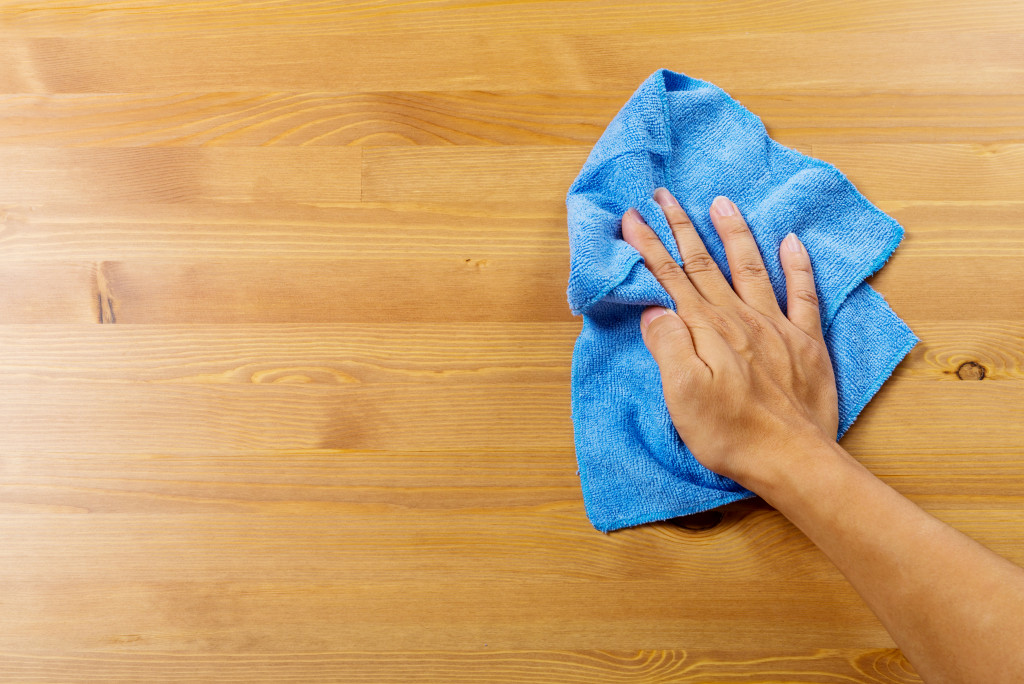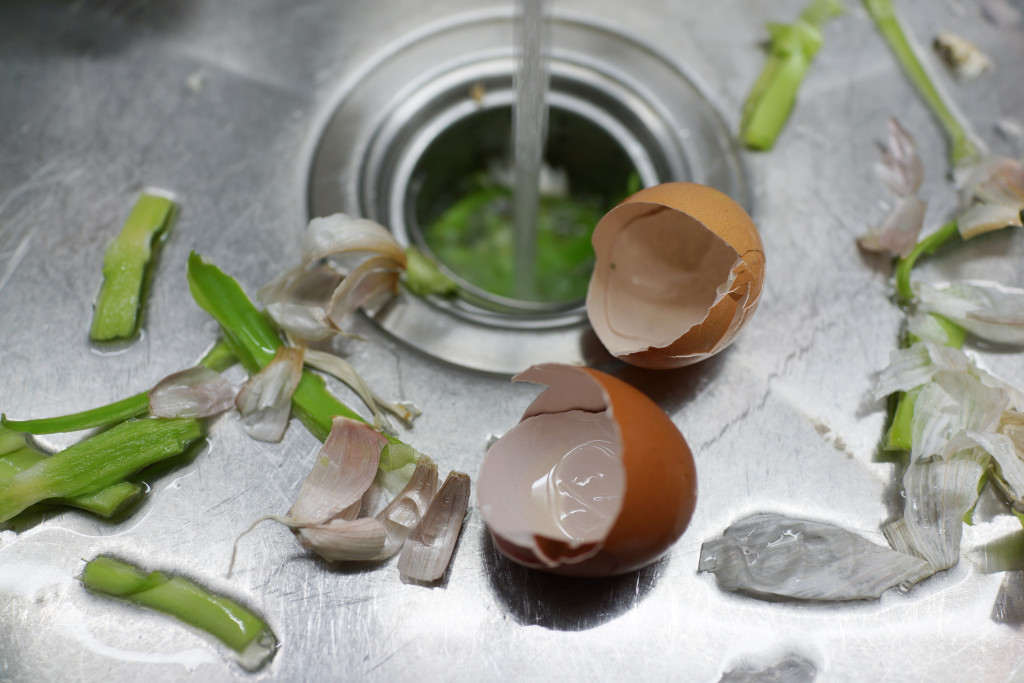The kitchen is a very tough place since you’re dealing with things that can be contaminated with pathogenic organisms, making you and your family sick. You might be wiping your countertops or kitchen island and even scrubbing your stovetop, but do you think that’s enough for your kitchen to be completely clean? What about the dishwasher, fridge, and oven?
The Dirtiest Spots and Things in Your Kitchen
Dish Sponges
The sponge is the dirtiest item in your kitchen. When you disinfect it, it only reduces about 60 percent maximum of bacteria. In fact, experts say a generation of bacteria is growing in the sponge every 20 minutes.
Keep a fresh supply of sponges so that you can replace them often. It is advisable to microwave wet sponges thoroughly for about 1 to 2 minutes every day.
Dish Towels
A study at the University of Mauritius says that 49 percent of the towels they tested had bacteria that can result in food poisoning. Wash your kitchen towels regularly. Use a different towel for each purpose, like for your hands, face, and food waste. If you don’t, the cloth will be covered in invisible bacteria that cause illnesses.
Kitchen Sink
Defrosting meat, cleaning produce, disposing of food waste, and a lot more. These things can make you and your family sick. Imagine the bacteria in your sink. Not cleaning it adequately or frequently can cause bacteria buildup, making it a base for cross-contamination.
To prevent cross-contamination or bacteria buildup in your kitchen sink, wash it with hot, soapy water, especially when you often prepare meat and poultry. The more you handle those types of food, the more often you must clean the sink. Clean the sink with disinfectant kitchen wipes daily. However, be sure to use kitchen wipes because other types of wipes can be poisonous.
Once or twice a week, flush the sink with hot water and baking soda. It depends on how often you use your sink and what you’re using it for. If you notice that your sink smells or drains slowly, better call your local plumber.

Kitchen Counters
Chopping meats and vegetables, cracking eggs, pouring and mixing ingredients. The kitchen counter can be a messy place. While this is where the magic happens, this is also where you accumulate germs. Daily wiping is not enough to clean the surface completely. It can still cause cross-contamination.
Also, there might be a time when you need to replace your kitchen countertop. But first, figure out if a repair is enough. If you find that it’s not easy to clean anymore, or you notice damages like mold, cracks, and burns, then you probably need a kitchen countertop replacement.
Not to mention the appliances on the counters you usually use. These require intensive cleaning.
The coffee maker might have mold and mildew because it’s damp. It’s hot, and then it’s cold. About once a month, pour vinegar into the reservoir and make it sit for a few minutes. Run the vinegar as you do when you brew your coffee every day. After that, rinse it with water about twice or thrice.
For your blender, disassemble it and wash every part with soap and water. Do this as often as you can. It’s that simple. But of course, be sure that it’s unplugged before you involve water.
The Refrigerator
Your fridge is one area in your kitchen that is prone to messiness next to kitchen cabinets. But when it comes to dirt and bacteria, it doesn’t even compare. While the fridge is reliable for keeping food fresh, thawed meat can contaminate fresh produce and other stored foods.
In the fruit and vegetable compartment, products can rot and be forgotten about. Have you thought about the refrigerator door handle? It’s also an easy spot for germs since many people touch it. This applies not just to the fridge handle but other things in the kitchen, like the dishwasher, drawers, and cabinets.
It’s a given that next to the bathroom, the kitchen is exposed to germs and unwanted bacteria, like grime and grease. Bacteria from raw meat or food spills are not visible to the naked eye. Because of this, many areas and tools in your kitchen need to be cleaned or replaced often.











